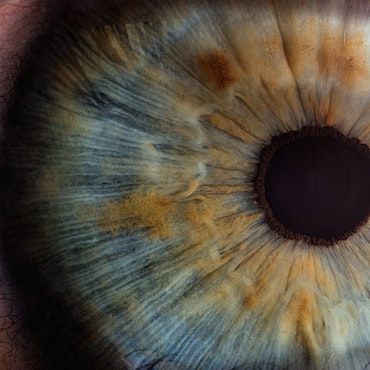Article
Older Individuals with Hyperopia More Likely to Develop Incident Depression
Author(s):
Genetic factors previously known to predispose people to hyperopia were not risk factors for clinically significant depression in the study.

Hyperopia was significantly associated with an increased risk of incident clinically significant depression (CSD) in middle-aged and older people, particularly in those without optical correction.
Despite this, the findings were independent of genetic predisposition to hyperopia, suggesting genetics may not be a determining risk factor for this association.
“These findings highlight the importance of hyperopia screening and treatment for middle-aged and older adults regardless of genetic risks, which may help lessen the burden of CSD,” wrote study authors Prof Honghua Yu, Prof Xiaohong Yang, and Dr Zhuoting Zhu, Ophthalmology, Guangdong Academy of Medical Sciences.
A common cause of worsening visual function in adults 50 years or older, disturbances in vision has been linked to worsening health-related quality of life. The link between vision impairment and depression is noted, but the relationship between hyperopia and incident depression in at-risk populations has limited data.
Study investigators uncovered the phenotypic association between hyperopia and the risk of incident CSD in a large sample from the UK Biobank cohort and additionally explored the effects of genetic determinants of hyperopia on incident CSD.
For the phenotypic association, hyperopia was defined as a mean spherical equivalent (MSE) of +2.00 dioptres (D) or greater. The degrees of hyperopia were divided into mild (+2.00 D ≤ MSE < +2.25 D), moderate (+ 2.25 D ≤ MSE < + 5.25 D) and high (MSE ≥ + 5.25 D).
The diagnosis of CSD across follow-up was determined based on electronic hospital inpatient records from 2006 to April 2021. Follow-up time was calculated as the duration between the date of the first assessment and censored at the date of incident depression, date of death, date of loss to follow-up or April 2021.
For the genotype association between hyperopia and incident CSD, investigators assessed the effect of hyperopia Polygenic Risk Score (PRS) with hyperopia phenotype. In order to explore the causal relationship, one-sample Mendelian randomization (MR) was performed using two-stage least-squares regression adjusted for age and gender.
Of the 502,645 patients enrolled in the baseline UK Biobank Study between 2006 and 2010, a total of 94,669 participants were included in this analysis. This population consisted of 25,786 individuals with emmetropia (27.2%), 25,897 with myopia (27.3%), and 11,393 (12.10) with hyperopia.
In a median follow-up duration of 11.11 years, 574 participants (1.54%) developed incident CSD. After further adjustment by investigators, hyperopia was found independently associated with a 29% higher risk of incident depression (hazard ratio [HR], 1.29; 95% confidence interval [CI], 1.05 - 1.59; P = .015).
Participants in a higher degree of hyperopia were more likely to have incident CSD compared with participants in the mild degree of hyperopia (P for trend = .009). Investigators added that hyperopic patients without hyperopic correction had a higher risk of depression (HR, 1.38; 95% CI, 1.07 - 1.76; P = .011).
Genetic analyses suggested no significant associations between hyperopia and incident CSD (P ≥ 0.1), according to investigators.
“As genetics had limited effects in explaining the association between hyperopia and CSD, further work should seek to understand underlying sources of phenotypic variance,” investigators wrote.
The study, “Association of hyperopia with incident clinically significant depression: epidemiological and genetic evidence in the middle-aged and older population,” was published in the British Journal of Ophthalmology.





